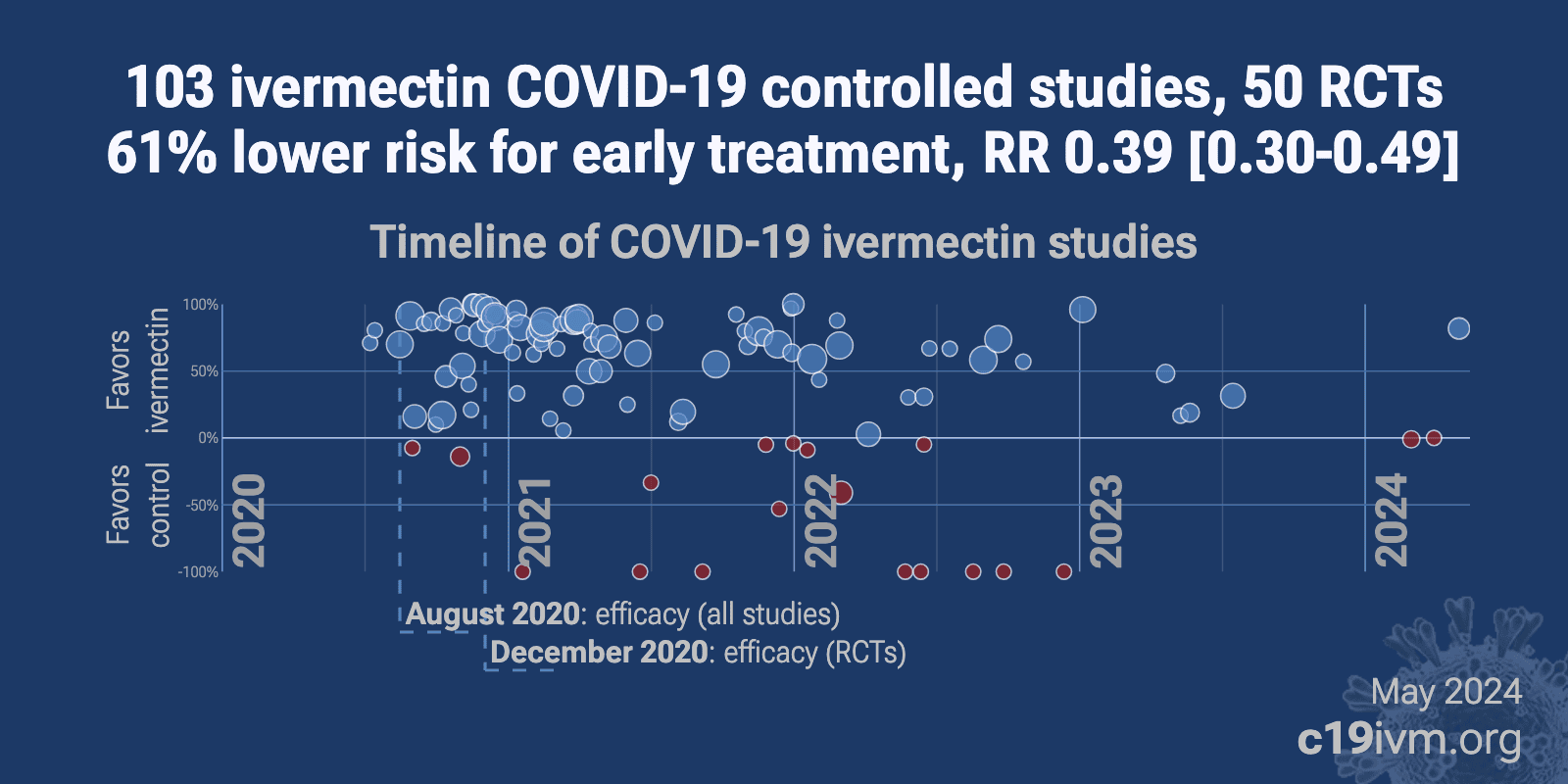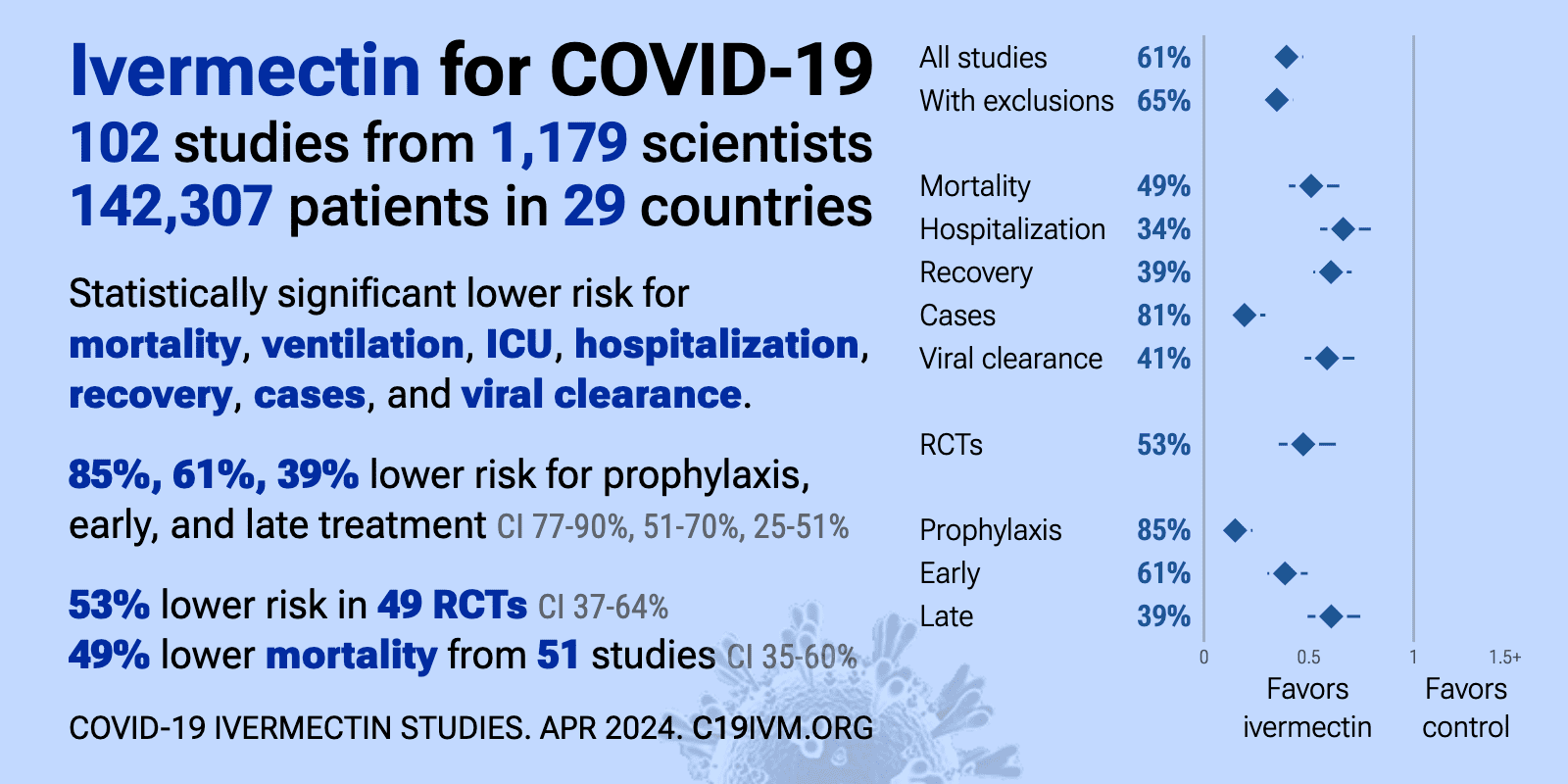Ivermectin proved to be even more of a ‘Wonder drug’ in human health, improving the nutrition, general health and wellbeing of billions of people worldwide ever since it was first used to treat Onchocerciasis in humans in 1988. It proved ideal in many ways, being highly effective and broad-spectrum, safe, well tolerated and could be easily administered (a single, annual oral dose). It is used to treat a variety of internal nematode infections, including Onchocerciasis, Strongyloidiasis, Ascariasis, cutaneous larva migrans, filariases, Gnathostomiasis and Trichuriasis, as well as for oral treatment of ectoparasitic infections, such as Pediculosis (lice infestation) and scabies (mite infestation).
14) Ivermectin is the essential mainstay of two global disease elimination campaigns that should soon rid the world of two of its most disfiguring and devastating diseases, Onchocerciasis and Lymphatic filariasis, which blight the lives of billions of the poor and disadvantaged throughout the tropics. It is likely that, throughout the next decade, well over 200 million people will be taking the drug annually or semi-annually,
via innovative globally-coordinated Mass Drug Administration (MDA) programmes. Indeed, the discovery, development and deployment of ivermectin, produced by an unprecedented partnership between the Private Sector pharmaceutical multinational Merck & Co. Inc., and the Public Sector Kitasato Institute in Tokyo, aided by an extraordinary coalition of multidisciplinary international partners and disease-affected communities, has been recognized by many experts and observers as one of the greatest medical accomplishments of the 20th century.
15) In referring to the international efforts to tackle Onchocerciasis in which ivermectin is now the sole control tool, the UNESCO World Science Report concluded, “the progress that has been made in combating the disease represents one of the most triumphant public health campaigns ever waged in the developing world”.
16)





